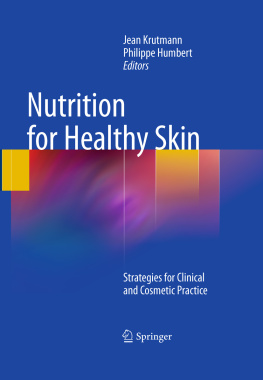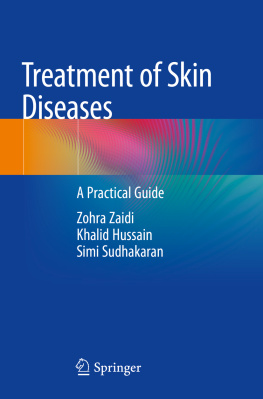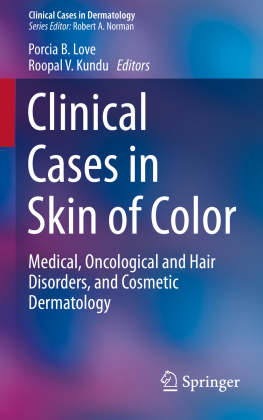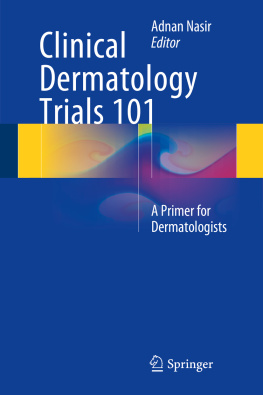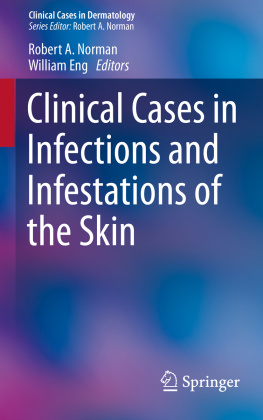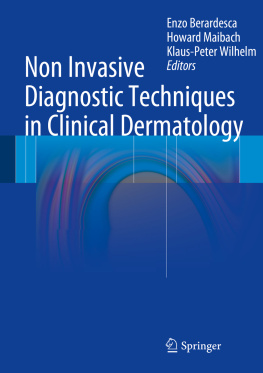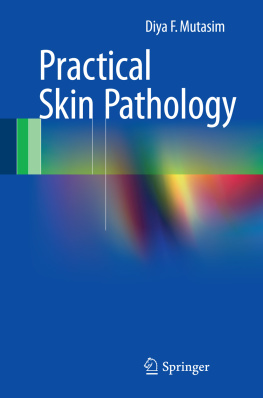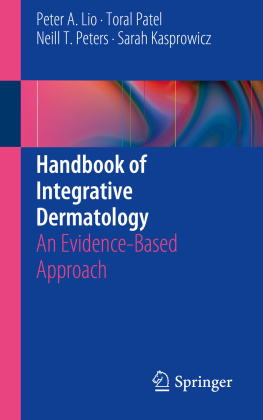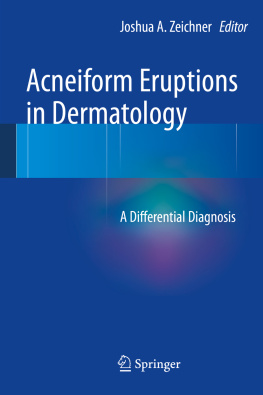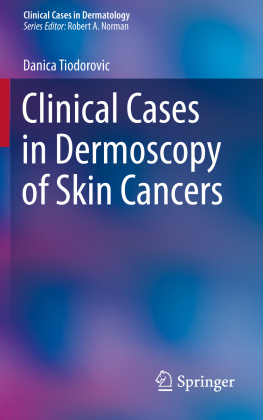1.1.1 Marasmus and Kwashiorkor
Nutritional deficiencies can be exogenous or endogenous. The primary exogenous reason is insufficient intake of nutrients. Endogenous etiologies include intestinal or metabolic disease that interferes with the absorption and delivery of nutrients to the cellular machinery (e.g., intestinal malabsorption, gastrointestinal and metabolic disease, infections, cancer) (Table ). With prolonged nutritional deficiencies, energy storage is exhausted and energy supply lags behind. Because of their increased nutritional needs during the growth phase, children 5-years old are particularly susceptible to the developmental and physiologic consequences of poor nutrition.
Table 1.1
Causes of nutritional deficiency
Exogenous (inadequate food intake) | Endogenous (inadequate food absorption/metabolization) |
|---|
Poverty | Intestinal malabsorption |
Old age | Gastrointestinal disease |
Alcoholism | Metabolic disease |
Psychiatric disorders | Chronic systemic disease |
Diets (e.g., fad diets, allergy diets) | Cancer |
Child neglect | Recurrent infections |
AIDS (inadequate intake, e.g., due to candida esophagitis) |
Marasmus is due to insufficient (although balanced) nutritional quantities. Marasmus is not only due to decreased overall caloric supply, but also results from a deficit in essential nutritional components (e.g., vitamins, essential amino acids, minerals). Therefore, the cutaneous changes of marasmus are multifold. Aside from a decrease in the subcutaneous fat, the dermal and epidermal layers are thinned which gives the skin an aged appearance. In addition, there is dryness of the skin, sometimes to the degree of ichthyosis-like scaling. Vitamin A and C deficiency result in follicular hyperkeratosis (see below, Table ). Because of anemia and vasoconstriction, the skin color is pale, while in sun-exposed areas there is spotty hyperpigmentation. The hair is dry, loses color (premature graying), and hair loss (telogen effluvium) is common. The growth of the nails is delayed, and the nail plates may show longitudinal ridging. Marasmus is corrected by carefully restoring protein-calorie intake and by supplementation of vitamins, essential fatty acids, and zinc according to their respective blood levels.
Table 1.2
Differential diagnosis of hyperkeratotic papules on the extremities due to nutritional deficiency
Vitamin A deficiency (phrynoderma) |
Vitamin C deficiency |
Essential fatty acid deficiency |
Kwashiorkor occurs if normal carbohydrate consumption is coupled with insufficient protein intake; i.e., chronic malabsorption such as in cystic fibrosis. It is most common in infants in third world countries as soon as their mothers discontinue breast feeding. Kwashiorkor can also occur in children receiving a calorie-rich diet that is poor in proteins of animal origin []. These children show the cutaneous changes of marasmus (see above), and in addition develop diffuse edema due to hypoalbuminea, and increased vulnerability of the skin (e.g., to mechanical trauma), which results in erosions and blisters in areas of friction. A further characteristic of kwashiorkor is a reddish-brown scaly dermatitis (flaky paint), and dusky erythematous plaques with a waxy appearance in pressure-exposed areas (diaper area, over bony prominences) with a thickened, pigmented stratum corneum on histology. Depigmentation of the skin can be observed (predominantly in the perioral area and on the lower legs). Moreover, depigmentation of the hair to a reddish color is often observed. Correction of kwashiorkor must be undertaken carefully; electrolyte imbalances need to be taken into account, combined with supplementation of vitamins, essential fatty acids, and zinc as above.
In both marasmus and kwashiorkor, individual hair shafts show pigmented areas alternating with depigmented areas (signe de la bandera or flag sign), reflecting intermittent periods of food availability. In fact, because of overlapping features, a clear distinction between marasmus and kwashiorkor can not always be made with certainty. In these cases, the term protein-calorie malnutrition is used instead. Generally, chronic nutritional deficiencies increase the susceptibility to opportunistic infections by causing a secondary immune deficiency. Particularly problematic are mixed infections of the skin with fusiform bacteria and spirochetae (e.g., bacterium fusiforme, spirochta refringens) causing necrotizing ulcerative gingivitis, noma, or cancrum oris which can be life-threatening. In adults, similar treatment-recalcitrant ulcerations occur on the lower legs following insect bites.

